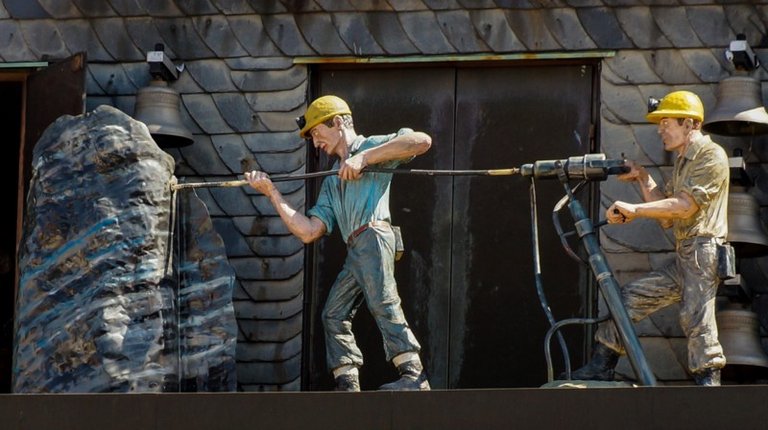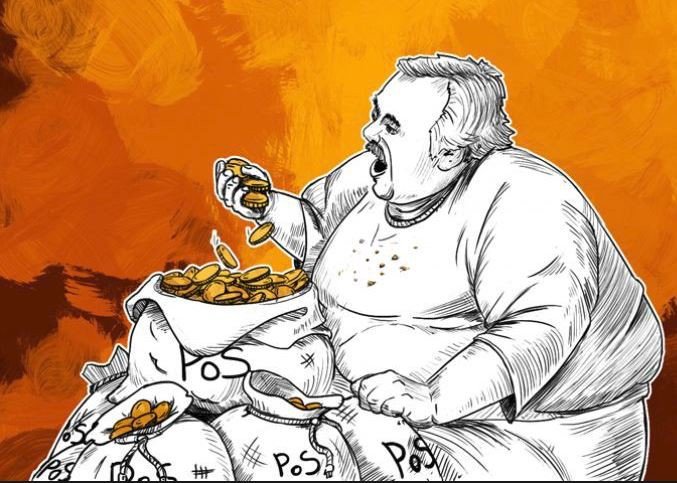
Bitcoin is just one of many cryptocurrencies that have had phenomenal returns year to date--Ethereum, Bitcoin Cash, and Monero are three examples of other digital coins that have also posted excellent gains this year.
As a result, a growing number of Americans are familiarizing themselves with cryptocurrencies like Bitcoin. What’s more, investors are piling into Bitcoin in volumes previously unseen, and some think it is due to “FOMO”--fear of missing out. One recent report commented, “Misery came to those who thought their speculations were investments and hung on after the music stopped”--referring to the dotcom and real estate bubbles seen within the past twenty years. According to this author, Bitcoin is no different; it is nothing more than a speculative bubble.
Whether or not these assumptions are true, society still has a long way to go in its understanding of cryptocurrencies. Though cryptocurrencies are lauded (or hated) for their investment potential, their true intrinsic value comes from a process called mining. Mining is a vital component of blockchain technology is a huge part of its most prominent strength--decentralization.
What is Mining and How is it Done?
In essence, cryptocurrency mining is the process of finding and verifying groups of transactions--called blocks--and adding them to other blocks, forming a blockchain. Through mining, cryptocurrency transactions are settled and added to the decentralized ledger.
Take for example a cryptocurrency transaction between two siblings, Joe and Suzy. Joe and Suzy buy an 80” flat screen TV for their dad as a holiday present. Suzy buys the TV with her credit card so she can earn cash back rewards. To reimburse Suzy, Joe pays her in cryptocurrency money. Once Joe submits the payment, the transaction is sent to the network. For the transaction to settle, it must be mined. Once the transaction is mined and verified, it is added to the blockchain. There are two primary protocols for cryptocurrency mining, proof-of-work (PoW) and proof-of-stake (PoS).

Proof-of-work mining uses computing and processing power to validate a block. This is accomplished by running complex algorithms which solve a set of problems. All blocks in a network start as short strings of meaningless data called nonces. Miners, using their mining software, must search for the meaningless string such that the block satisfies a given condition. Because the conditions are arbitrary and the nonces are by nature meaningless, the mining process must be done via trial and error.
A given block can theoretically have an infinite amount of miners. However, the miner who walks away with the reward, a newly mined coin, is the one who solves the block first. Thus miners who have greater processing power can find solutions much more quickly than those with less sophisticated devices. This is why people join mining pools to combine resources.

One of the biggest problems with PoW mining is the processing requirement. Miners must meet computing requirements to mine a block, whether individual or pooled. The more blocks are mined, the more stringent the computing requirements become. Some people are prevented from mining blocks because they only don’t have the computing power to process the block. Therefore, mining through a PoW protocol is met with decreasing profitability because more computing power (energy, hardware, software, etc.) is required to mine.

Proof-of-stake mining has the same goal as PoW mining--to validate transactions. However, the process is quite different. In PoS mining, the blockchain keeps a record of “validators,” defined as anyone who holds a stake in the blockchain’s currency (e.g., Bitcoins for the Bitcoin blockchain). Validators can initiate a stake by “locking up” their coin into a deposit. Like PoW mining, PoS mining utilizes an algorithm. However, with PoS mining the algorithm randomly selects a validator and gives them the right to mine a specific block. In this sense, PoS mining is somewhat like a lottery.
The ability to mine is related to the number of coins at stake. So a miner with 2% of Bitcoin’s supply can only mine 2% of the supply. Because of the way PoS mining works, miners are rewarded more for seniority and ownership than raw processing power. As a result, PoS mining requires much less computing power and is therefore much more economical. Additionally, PoS mining prevents centralization from occurring by spreading out mining capabilities. With a PoW mining system, someone could theoretically purchase a majority of the available processing power and monopolize the process.
PoS mining is also more user-friendly than PoW mining. PoW mining requires a greater understanding of coding and programming, resulting in a more concentrated (centralized) base. PoS mining, however, is relatively easy and can be done by merely staking a position and leaving one’s wallet and mining software running. The extraction takes care of itself.
These two mining processes are essential when discussing the future of cryptocurrencies. This is because the long-term viability of cryptocurrencies depends on their mass acceptance and widespread use. Mining affects transaction processing, and cryptocurrencies will have to dramatically increase transaction settlement and confirmation times if they want to compete with traditional payment methods.
Coupled with high volatility, cryptocurrencies are not very attractive to businesses. Transaction speed and stability could change that.
